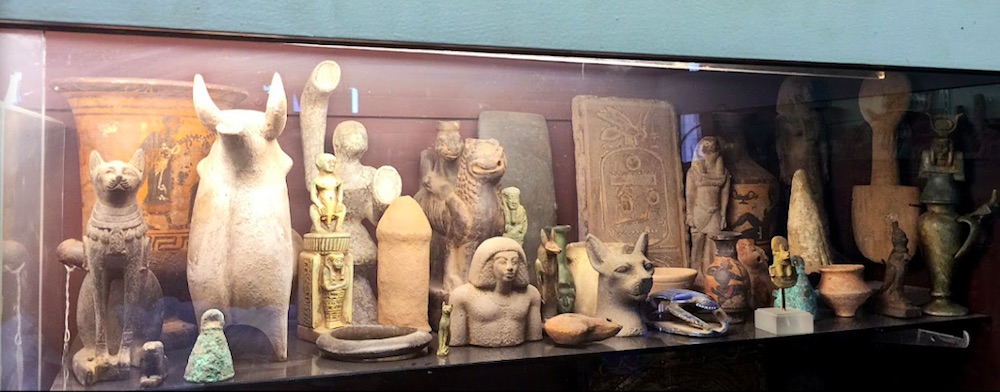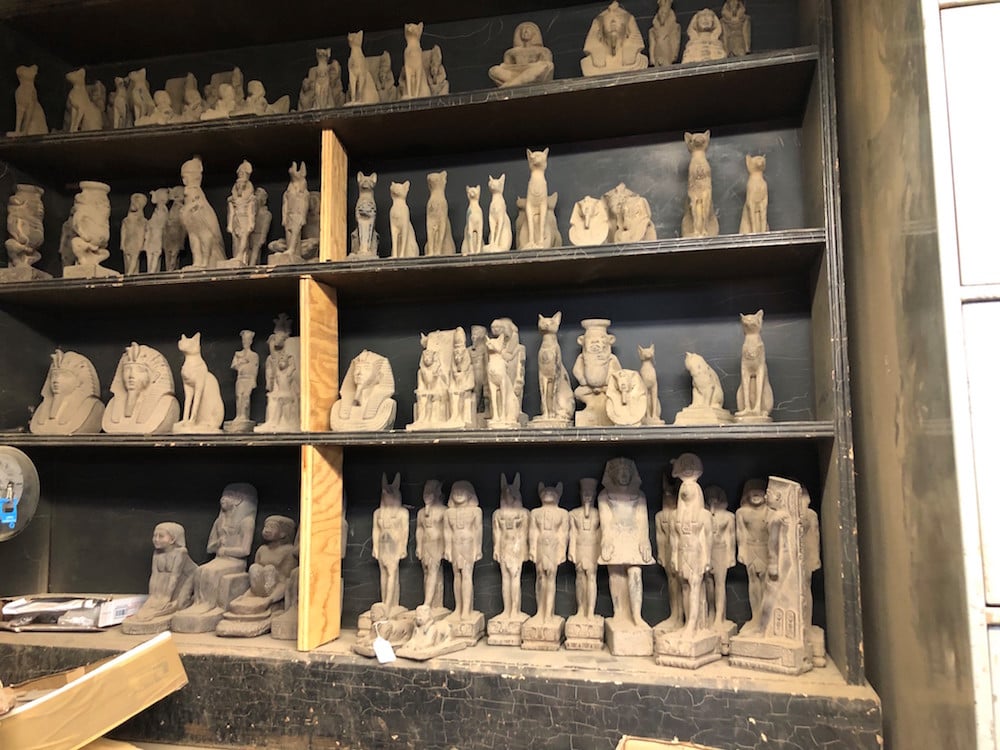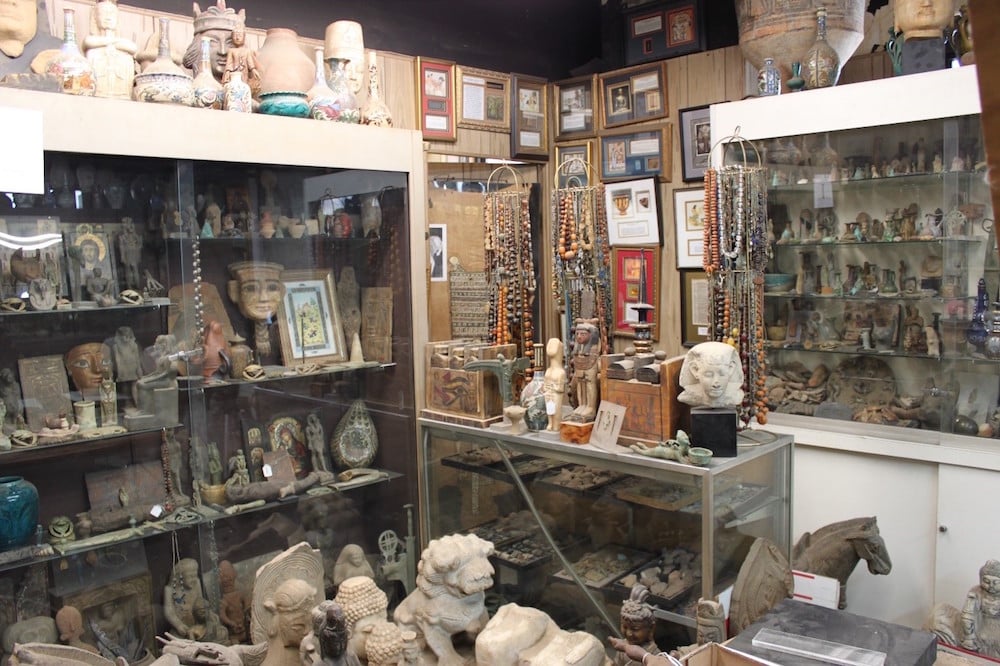Crime
New York Dealer Gets Busted for Selling Hundreds of Brazenly Fake ‘Cookie-Cutter’ Antiquities, Says Manhattan D.A.
Authorities have been homing in on looted artifacts. Then they got a tip about fake ones.

Authorities have been homing in on looted artifacts. Then they got a tip about fake ones.

Eileen Kinsella

A Manhattan dealer who was arrested earlier this month on charges of creating and selling fake antiquities has pleaded not guilty amid ample evidence presented by the Manhattan District Attorney following an investigation.
Suspicions about the fraudulent activity of Merhdad Sadigh, owner of Sadigh Gallery in midtown Manhattan, date back at least two years, when a planned show about the Rosetta Stone at the Herbert Hoover Presidential Library and Museum, in Iowa, for April 2019, was canceled after experts realized there were serious problems with the majority of items on view.
Neither Sadigh nor his attorney immediately responded to Artnet News’s request for comment.
“For many years, this fake antiquities mill based in midtown Manhattan promised customers rare treasures from the ancient world and instead sold them pieces manufactured on-site in cookie-cutter fashion,” according to a statement from Manhattan district attorney, Cyrus Vance as quoted by the New York Times after Sahdig’s arrest and shared with Artnet News today, along with copies of the arrest and search warrants, and indictments.

Sadigh Gallery. Image courtesy the Manhattan District Attorney’s Office.
Prosecutors obtained a second warrant after his arrest according to the report, which allowed them to search for tools used in the alteration of antiquities or “objects purporting to be antiquities” as well as pieces like a sarcophagus valued at $50,000, a cylinder seal valued at $40,000 and a statue of the goddess Artemis valued at $25,000. All were suspected of being fakes.
Sadigh has pleaded not guilty to charges of scheming to defraud, grand larceny, criminal possession of a forged instrument, forgery, and criminal simulation. He is free on his own recognizance and the next court date is currently scheduled for October 12.
In recent years the District Attorney’s office has homed in on the illicit antiquities trade, under the efforts of Matthew Bogdanos, chief of the district attorney’s Antiquities Trafficking Unit, and a former marine who led a recovery team into Iraq in 2003.
In fact, he said Sadigh came to the attention of investigators when other dealers being pursued for trafficking looted antiquities complained that “the guy selling all the fakes” was slipping under the radar.
Following a visit to the Sadigh Gallery by undercover federal federal investigators, who paid $4,000 each for a gold pendant depicting the death mask of Tutankhamen, and an ancient Roman head, an investigation by Homeland Security and the D.A. uncovered hundreds of fake artifacts displayed on shelves and inside glass cases. Thousands more were found in the rooms behind the gallery.

Inside the Sadigh Gallery. Image courtesy the Manhattan District Attorney’s Office.
Bogdanos told the Times that the visit revealed “a sort of assembly-line process that seemed designed to distress and otherwise alter mass-produced items of recent vintage so they would appear aged.” He said investigators found varnish, spray paints, a belt sander and mud-like substances of different hues and consistencies, among other tools and materials.
According to the 2019 report in the West Branch Times about the Hoover museum show, shortly before it was set to open, University of Iowa associate professor Bjorn Anderson wrote a letter to the museum stating that 90 of 125 items in the exhibit “are either definite or very likely fakes.”
Anderson and his graduate assistant Erin Daly, became suspicious of the seals on many of the items. “I’ve never seen any that big or that nice,” Daly was quoted as saying.
When they looked at sadighgallery.com, according to the report, they found many other items with seals of similar quality, and Anderson wondered and communicated in his findings to the museum, how the gallery’s website could offer “11 copies of the same statue for sale” if the statues were authentic.
Asked for comment, Sadigh, who is referred to as “Michael” in the report, told the paper at the time: “I don’t know anything about this.”
The website for the gallery now appears to be defunct. At least one petition, that garnered over 150 signatures, raised alarm bells about the gallery and its activities, labeling them “a matter of great concern” alongside other posts accusing the gallery of selling fakes.